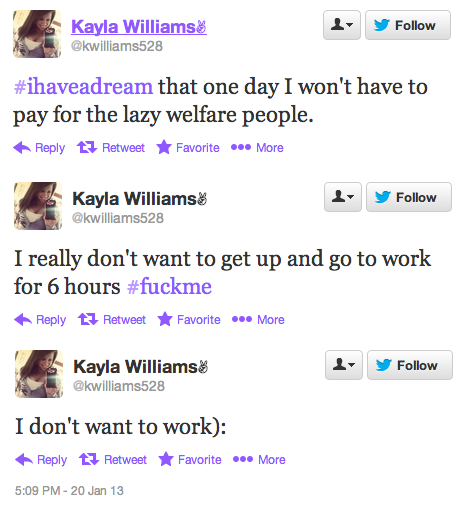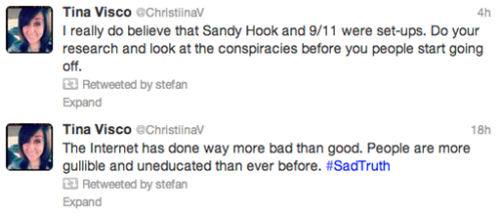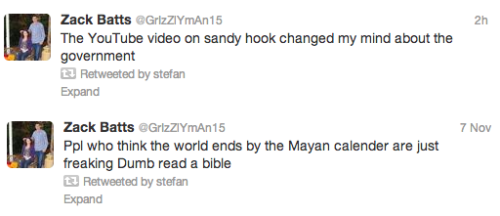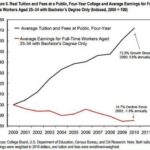There’s a pattern in our industry, Apple crystallizes the product, and the minute Apple crystallizes it, then everyone knows how to compete.
In understanding the polarization and paralysis that afflict national politics in the United States, it is a mistake to think in terms of left and right. The appropriate directions are North and South. To be specific, the long, drawn-out, agonizing identity crisis of white Southerners is having effects that reverberate throughout our federal union. The transmission mechanism is the Republican Party, an originally Northern party that has now replaced the Southern wing of the Democratic Party as the vehicle for the dwindling white Southern tribe.
As someone whose white Southern ancestors go back to the 17th century in the Chesapeake Bay region, I have some insight into the psychology of the tribe. The salient fact to bear in mind is that the historical experience of the white South in many ways is the opposite of the experience of the rest of the country.
Mainstream American history, from the point of view of the white majority in the Northeast, Midwest and West Coast, is a story of military successes. The British are defeated, ensuring national independence. The Confederates are defeated, ensuring national unity. And in the 20th century the Axis and Soviet empires are defeated, ensuring (it is hoped) a free world.
The white Southern narrative — at least in the dominant Southern conservative version — is one of defeat after defeat. First the attempt of white Southerners to create a new nation in which they can be the majority was defeated by the U.S. Army during the Civil War. Doomed to be a perpetual minority in a continental American nation-state, white Southerners managed for a century to create their own state-within-a-state, in which they could collectively lord it over the other major group in the region, African-Americans. But Southern apartheid was shattered by the second defeat, the Civil Rights revolution, which like the Civil War and Reconstruction was symbolized by the dispatching of federal troops to the South. The American patriotism of the white Southerner is therefore deeply problematic. Some opt for jingoistic hyper-Americanism (the lady protesteth too much, methinks) while a shrinking but significant minority prefer the Stars and Bars to the Stars and Stripes.
Why People Believe Conspiracy Theories
This is a pretty hilarious collection of tweets from various morons on the Internet. It’s hard to find just some of the best examples because they’re all so good:
(via Andrew Kaczynski)
But he could not escape the reality that the church had shielded priests accused of molesting, minimized behavior it would have otherwise deemed immoral and kept it secret from the civil authorities, forestalling criminal prosecution.
Good riddance, Herr Ratzinger.
Some Perspective on the Recent Onslaught of Apple Pessimism
Micheal Moritz of Sequoia Capital, writing about Apple in the context of all the recent pessimism:
Everyone knows the business will face stronger competition in the future. This is because almost every company in the world suffers from acute Apple envy. Apple has thrown several mainline industries, including music, movies, television, publishing, cameras and 35mm film, into convulsions. The entire Japanese consumer electronics sector, bereft of the software that helps distinguish Apple’s products, has been hopelessly outpaced, as have Finland’s Nokia and Canada’s RIM.
Others – chip suppliers, wireless carriers, specialised glassmakers, outsourced manufacturers and hundreds of thousands of app developers – watch every twitch with hopeless admiration and silent apprehension. Anyone with their wits about them has been galvanised into action by Apple’s success.
More importantly, Apple has set a lasting example for entrepreneurs and professionals worldwide. Millions of young engineers and programmers scrutinise every moment of a product announcement. Hip students in art and design schools are imbued with Apple’s sensibility. Marketers and advertisers try to mimic its creative approach. Manufacturing hands seek to unravel the mysteries of its supply chain. Old-time retailers wonder how it can possibly attract more than 120m visitors in a 12-week period, garnering sales per square foot twice those of Tiffany and four times those of Michael Kors, the luxury retailer of the moment.
It is difficult to think of a company of the past 50 years whose influence and ingenuity have been as profound or widespread as the one formerly known as Apple Computer, Inc.






